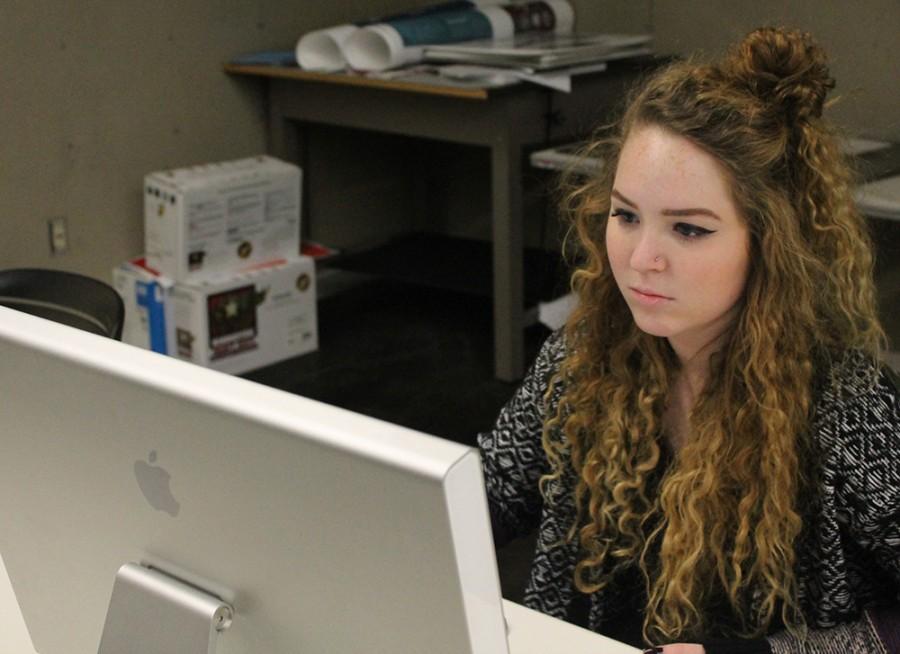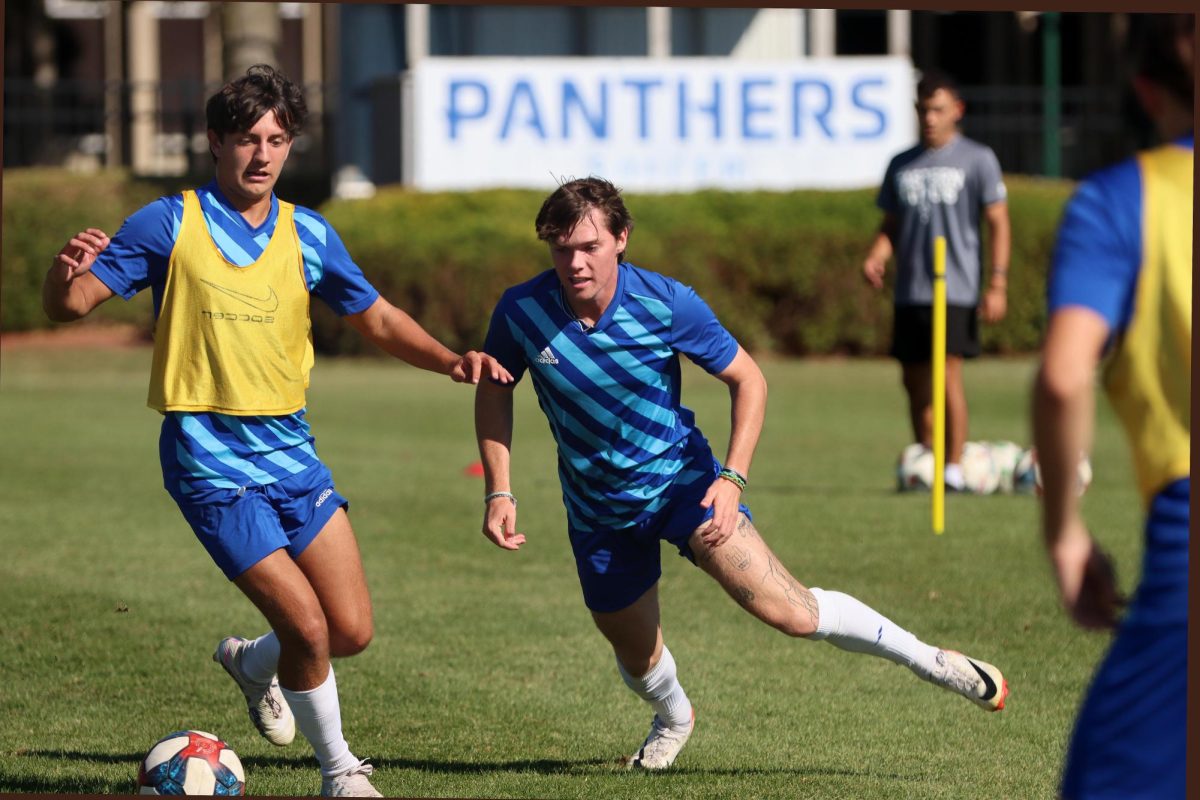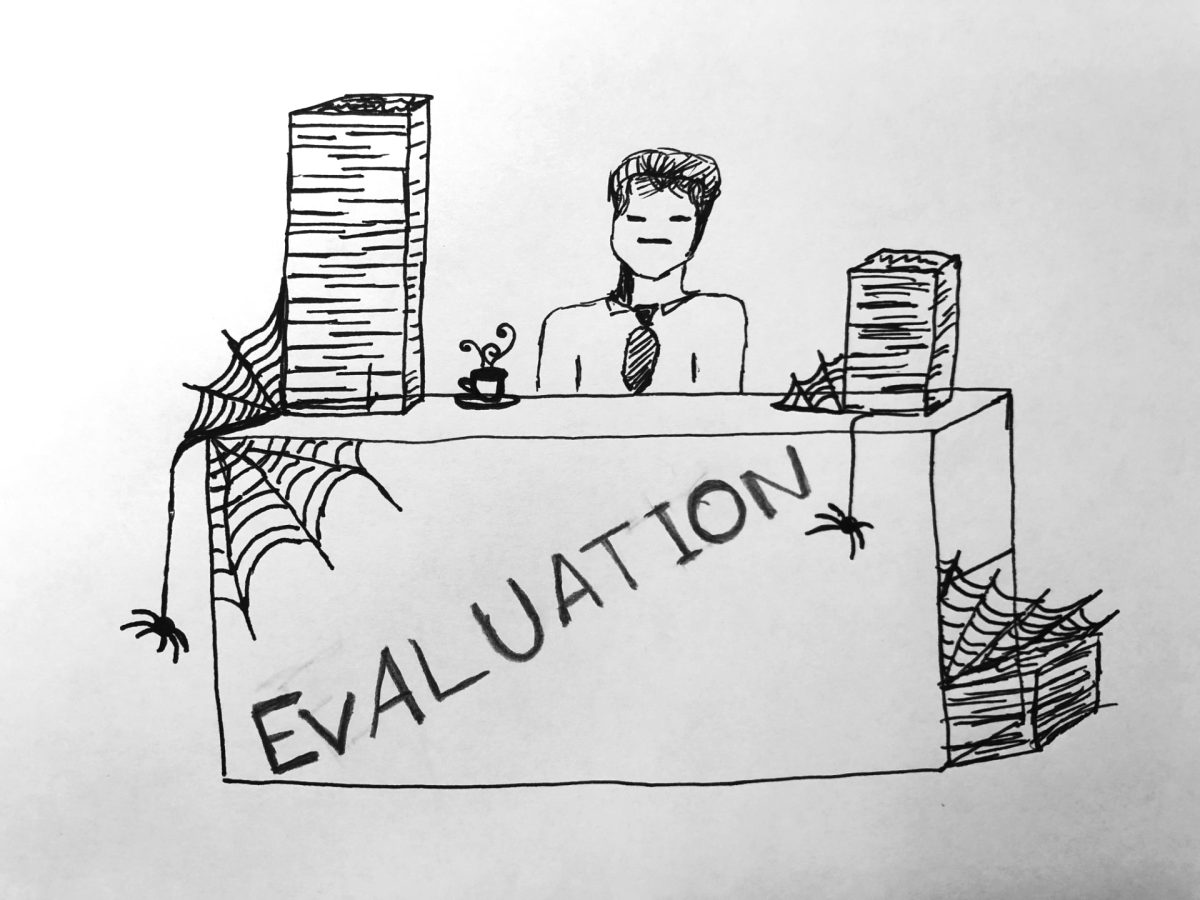McLaughlin talks to CAA about OMA
February 7, 2020
The Council on Academic Affairs approved a program change within the geology department, which will change the way students complete their work in field camps.
Eastern was able to send students to do field camp work that was run by Eastern in the past, but that stopped in 2010 because of issues staffing the field camps. Eastern has since been sending its geology students to conduct field camp work in camps run by other universities. The change approved by the CAA on Thursday will now just make it a requirement for the geology degree that students attend a field camp run by another school.
General education committee
The CAA was also given an update by council member Billy Hung on the progress of Eastern’s general education committee.
Hung told the CAA that the committee is currently assessing both writing and speaking learning goals at Eastern and will soon assess critical thinking skills and their relationship to general education.
A subcommittee will write the general consensus of the general education committee, which will aim to determine which recommendations are feasible with Eastern’s resources, Hung said.
Hung said one of the difficulties in assessing general education is that students do not all take general education courses at the same time; some students take a majority of them as freshmen and sophomores, while other students wait until later in their collegiate careers. And transfer students often arrive with many of their general education courses completed.
That complicates the issue of trying to assess what students are learning from Eastern, he said.
Open Meetings Act
The CAA was also given an update on its proposed bylaw changes from University Counsel Laura McLaughlin. When the CAA began revising its bylaws, McLaughlin recommended changes saying that the CAA is not subject to the Illinois Open Meetings Act and could instead operate in the “spirit” of the act.
McLaughlin cited a 1977 Illinois Fourth Appellate District opinion involving the University of Illinois, Pope v. Parkinson, which stated that a judge would look at three things to determine whether a university committee was subject to the OMA: 1) “who appoints the council and to whom it is accountable”; 2) “whether it is solely advisory”; and 3) whether the council deals only with internal […] affairs.”
Under this analysis, she said, the CAA would fail to meet the first requirement as it does not appear to have been created by the Faculty Senate, the Board of Trustees or the president, all of which are “creatures of the agency” of the state, having been set up by either state law or by the BOT and/or its predecessors.
“As I’ve read your bylaws, obviously, you were created independent of any of the senates or at least your bylaws indicate that it’s not related to the senate. You’ve not been created by the Board of Trustees. It’s not created by the president,” McLaughlin said. “You have your own entity. It was somehow created within the university. It fails the first element of the Pope analysis of being a creature of the agency.”
The group at issue in another Fourth District opinion, this one involving an athletic council at Illinois State, Board of Regents v. Reynard, was subject to the OMA because it “was created under, if you will, the ‘creature of the state agency’ because it came from the faculty senate,” McLaughlin said.
However, in response to a question from CAA member Amy Rosenstein, McLaughlin said the CAA’s bylaws spell out that the council is advisory to the president and to the provost.
Daily Eastern News editor-in-chief JJ Bullock asked how the CAA could not be considered “a creature of the agency of the university.”
“If you’re saying the CAA is not a ‘creature of the agency’ of EIU, then what is it? Because when I look around this room, I see all Eastern employees, an Eastern student from Student Senate sitting on it. If it’s not a creature of the agency, what is it?” Bullock asked.
McLaughlin said the CAA is not a creature of the agency “as applied under the Open Meetings Act” but is “certainly” part of Eastern. But so are a hundred other committees which are not subject to the OMA, she said.
News editorial adviser Lola Burnham asked how a definitive answer about whether the CAA was subject to the OMA if no one knows its origin.
“My question is if this group wasn’t created by the president, it wasn’t created by the Faculty Senate, and if it wasn’t created by the Board of Trustees, who created it?” Burnham said. “You are going to have to go back and find out who created this group because it didn’t just spring up one day with a bunch of faculty saying, ‘hey, let’s get together and vote on curriculum proposals.’ The authority for this group had to come from somewhere.”
Burnham said she thought McLaughlin was “being too narrow in not going back far enough to find out what the origin of this group is.”
“The Emerging University”
The definitive text of Eastern’s mid-20th century history, “The Emerging University,” written by longtime history professor Donald F. Tingley, offers information on the origin of the CAA.
According to Tingley’s account, which cites reports from the Teachers College Board, the precursor to the Board of Governors, which was itself the precursor of the current Board of Trustees: “Pursuant to a (Teachers College) Board policy first adopted in the fall of 1950 which provided for democratically chosen faculty structures through which faculty opinions might be expressed on all matters of school policy, Eastern’s faculty had transformed an earlier presidentially-dominated ‘Overlook’ Committee into a faculty-elected Committee of Fifteen by the spring of 1951. […] All other committees except Curriculum were filled by nomination of the Committee of Fifteen and appointment by the President.”
The Curriculum Committee was formed by then-president Robert Guy Buzzard and was organized around eight academic divisions. Tingley does not give an exact date for when Buzzard created the committee, writing only that “President Buzzard soon instituted a curriculum committee of nine members, one from each of eight groups of departments together with the academic dean as chairman ex-officio.”
The earliest date attached to the Curriculum Committee under Buzzard in “The Emerging University” is 1941. Buzzard was president from 1933 to 1956.
The Curriculum Committee became the Council on Academic Affairs in 1959 when then-President Quincy V. Doudna restructured the committee to and renamed it.
According to Tingley, the last meeting of the Curriculum Committee was Aug. 7, 1959, and the first meeting of the Council on Academic Affairs was Dec. 4, 1959.
Tingley writes: “The new organization, renamed the Council on Academic Affairs, increased the old committee to nine members, three to be appointed by the President and six to be elected from among the tenured faculty at large for overlapping three-year terms.”
According to “The Emerging University,” Doudna restructured the committee and insisted on at-large faculty representatives to try to decrease the influence of longtime Head of Education Emma Reinhardt.
“Otherwise the Council would operate much as the Curriculum Committee had in the past, meeting weekly and passing on all new courses and requirements for the university,” Tingley writes.
The Committee of Fifteen voted to rename itself the Faculty Senate in 1965, according to “The Emerging University.”
Other university governing structures also came out of Doudna’s reorganization of the university’s administrative structure. The Council on Graduate Studies was formed at almost the same time as the Council on Academic Affairs, according to Tingley’s account. The structure for a Council on Teacher Education was in place by early 1962, according to Tingley.
The News Staff can be reached at 581-2812 or [email protected].


















































